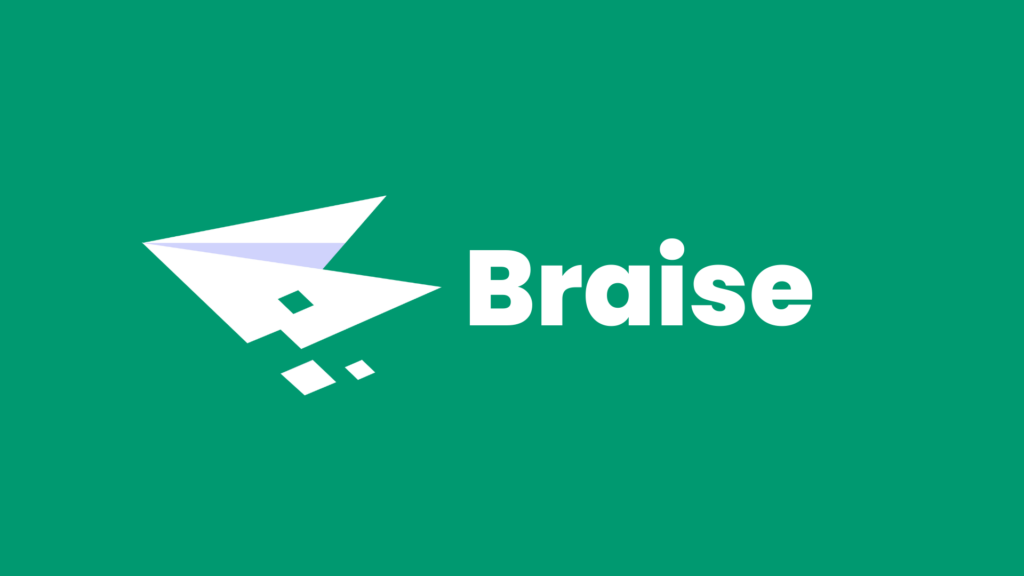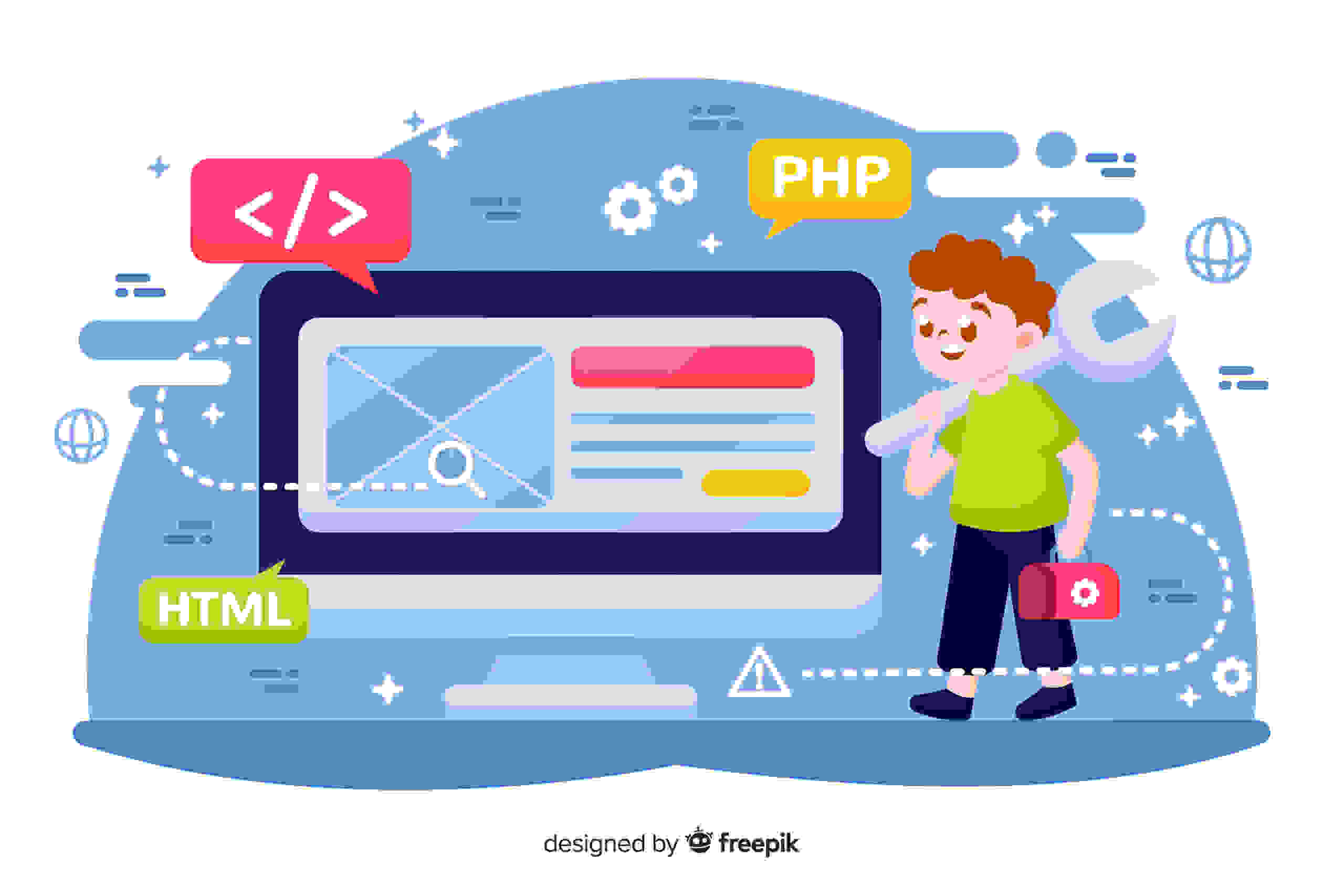In today’s rapidly evolving digital landscape, web development is the cornerstone of innovation. Dynamic web applications, often powered by Dynamic HTML-PHP, are defining the next generation of online experiences. In this article, we delve deeper into the realm of Dynamic HTML-PHP, exploring its capabilities, its significance in the world of web development, and the best practices for harnessing its full potential.
Understanding Dynamic HTML-PHP
What is Dynamic HTML-PHP?
Dynamic HTML-PHP is a fusion of two fundamental web development technologies: HTML (Hypertext Markup Language) and PHP (Hypertext Preprocessor). HTML functions as the foundational language for structuring and presenting web content. In contrast, PHP, being a versatile server-side scripting language, can be seamlessly integrated within HTML to enrich web pages with dynamic functionality.
Dynamic HTML-PHP operates by employing PHP scripts to generate, modify, and manipulate HTML content on the server before delivering it to the user’s web browser. This dynamic content can include real-time data, information retrieved from databases, or interactive elements driven by user input. The result is web pages that adapt and respond to user interactions, offering a more immersive and engaging user experience.
Creating Dynamic HTML in PHP
Creating dynamic HTML content in PHP is a meticulous process that involves the seamless integration of PHP code within HTML files. Upon a user’s access to a web page with embedded PHP, the server initiates the PHP script. Subsequently, it dynamically generates HTML content, guided by the script’s directives and data sources. This dynamic content may encompass a diverse range of elements, including forms, tables, images, and text, each meticulously adapted to meet the specific demands of the web application.
Dynamic content generation in PHP is initiated by enclosing the PHP code within <?php and ?> tags. This unique integration allows developers to effortlessly blend static HTML and dynamic PHP content. Using PHP functions, variables, and logic, developers fetch data, process input, and create customized web applications.
The Significance of Dynamic Webpages in PHP
What is a Dynamic Webpage in PHP?
A dynamic webpage in PHP is a departure from the traditional static web page. It continually alters its content and appearance in real time, thanks to server-side scripting and user interactions. This ensures that the web content remains current, responsive, and interactive.
Dynamic webpages in PHP are designed to provide personalized and interactive user experiences. They adapt to individual user input, external data sources, and real-time events. This flexibility is vital in e-commerce, CMS, forums, and dynamic content-driven scenarios.
Applications of Dynamic HTML-PHP
Dynamic HTML-PHP has a wide array of applications across various industries:
- E-commerce: E-commerce websites often use Dynamic HTML-PHP to display real-time product availability, pricing, and personalized product recommendations based on user behavior.
- Content Management Systems (CMS): CMS platforms use Dynamic HTML-PHP to create, update, and manage content dynamically, allowing multiple users to collaborate on content production.
- Online Forums and Communities: Interactive discussion platforms employ Dynamic HTML-PHP to facilitate real-time conversations, user interactions, and dynamic content updates.
- Social Media: Social media networks rely on Dynamic HTML-PHP to provide real-time feeds, notifications, and dynamic content tailored to individual user profiles.
- Data Visualization: Dynamic HTML-PHP is used to generate real-time charts, graphs, and interactive data visualizations for presenting complex information in a user-friendly manner.
Best Practices for Dynamic HTML-PHP Development
Creating dynamic HTML-PHP pages is a potent tool; nevertheless, it comes with significant responsibilities. Therefore, to ensure successful and secure development, it is crucial to diligently follow the following best practices:
- Separation of Concerns: Implement the Model-View-Controller (MVC) architectural pattern to separate PHP logic from HTML presentation. This enhances code maintainability and readability, making it easier for developers to collaborate.
- Input Validation: Prioritize input validation and sanitization to guard against security vulnerabilities such as SQL injection and cross-site scripting (XSS). Implement data validation methods to ensure that user input is both safe and accurate.
- Database Interaction: Use secure methods for interacting with databases to safeguard sensitive data and optimize application performance. Employ parameterized queries and prepared statements to prevent SQL injection attacks.
- Caching: Implement caching mechanisms to reduce server load and enhance page loading speed. Caching, in turn, diminishes the necessity for recurrent dynamic content generation, thereby enhancing user experience.
- Error Handling: Develop a robust error-handling system to provide users with meaningful feedback and to aid in the debugging process. Well-designed error handling enhances user trust and helps developers identify and resolve issues promptly.
- Security: Place security at the forefront by applying best practices such as HTTPS encryption, keeping PHP versions and libraries up-to-date, and regularly conducting security audits. Security must be an ongoing concern, not an afterthought.
- Testing: Thoroughly test your dynamic web pages across various browsers and devices to ensure they function as intended. This includes testing for both functionality and responsiveness. Implement unit testing, integration testing, and user testing to verify that the dynamic features work as expected.
Conclusion
Dynamic HTML-PHP stands as a gateway to creating dynamic, responsive, and interactive web applications. Embracing Dynamic HTML-PHP enriches web experiences in an ever-evolving digital landscape. It guarantees content and interactions are tailored to meet rising user expectations perfectly.
As web development continues to evolve, Dynamic HTML-PHP opens up a world of possibilities. Developers craft web apps responsive to user input, and real-time data, ensuring tailored experiences. Understanding Dynamic HTML-PHP and best practices is vital for leading in web development today.
The significance of Dynamic HTML-PHP transcends individual projects; it signifies the direction in which the web is moving. It serves as evidence of the internet’s dynamic and interactive evolution. Every web page becomes a personalized, immersive, and engaging experience.





